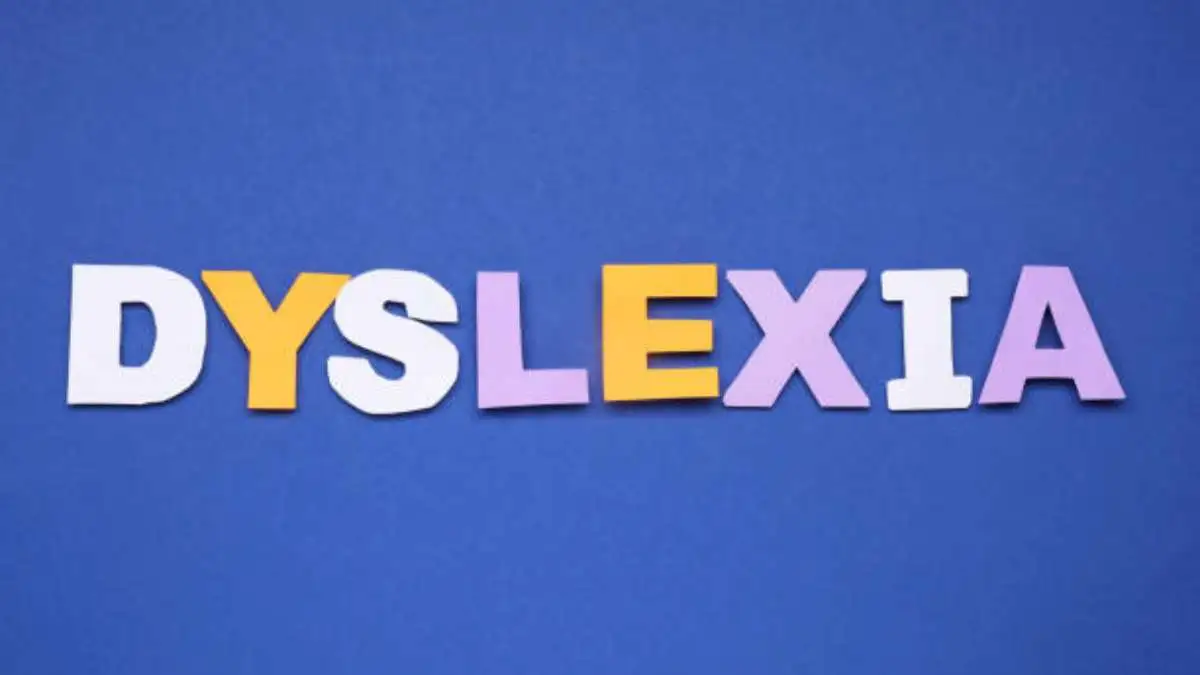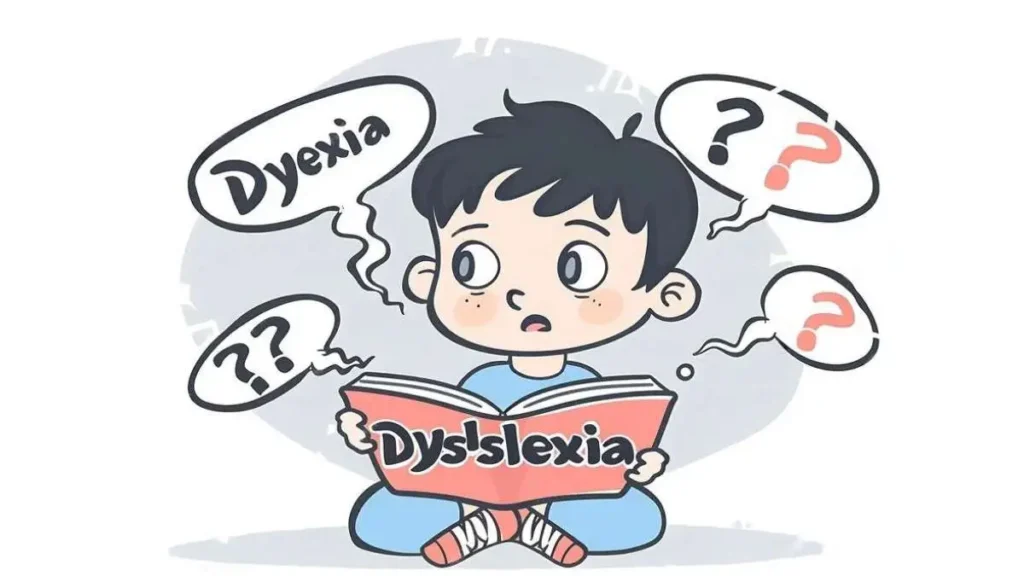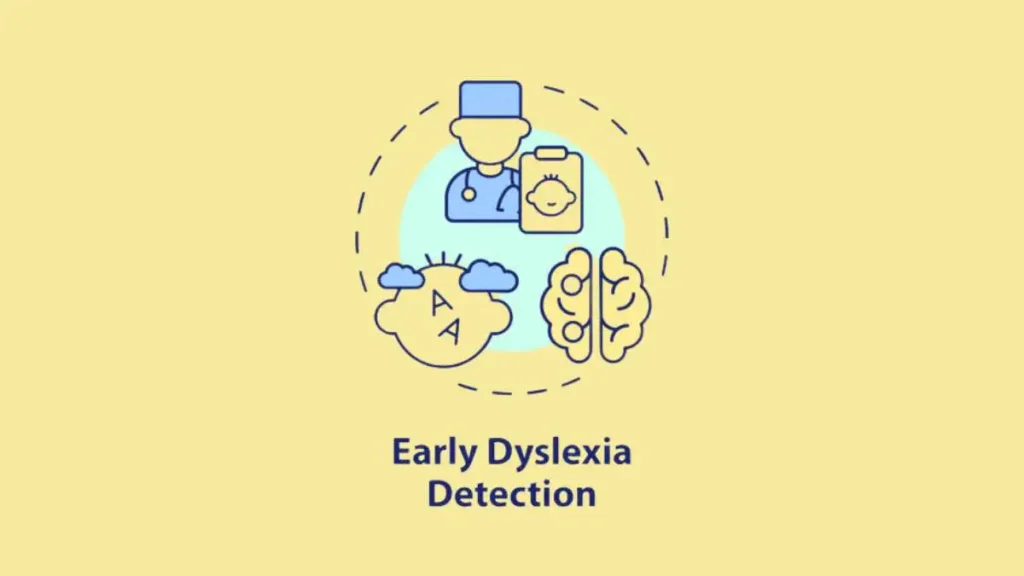HEALTH AND FITNESS
Dyslexia Symptoms to Look for When Testing at Different Stages

Dyslexia is a common learning disability that affects the way individuals process language, making it challenging for them to read, write, and spell. However, the Dyslexia Symptoms can vary greatly depending on the age and developmental stage of the individual. Recognizing these symptoms early can lead to timely interventions that significantly improve outcomes. This blog post will explore the key dyslexia symptoms to look for at different stages of development: early childhood, school age, and adolescence.
Please include attribution to WPS Publish with this graphic.
Dyslexia Symptoms in Early Childhood (Preschool to Kindergarten)
During early childhood, dyslexia may not be immediately obvious, but there are some subtle signs that can indicate potential issues with language processing. Parents and educators should be vigilant in observing the following symptoms:
- Delayed Speech Development: Children with dyslexia often take longer to start speaking and may struggle to pronounce words correctly. They might mix up sounds in words or have difficulty finding the right word to express themselves.
- Difficulty Learning Nursery Rhymes: Preschoolers with dyslexia may have trouble remembering or reciting nursery rhymes or songs, which are often used to develop phonological awareness.
- Problems Recognizing Letters and Their Sounds: A child may have difficulty learning the alphabet or associating letters with their corresponding sounds. They might also confuse letters that look similar, such as ‘b’ and ‘d.’
- Struggling with Simple Word Recognition: Even before learning to read, children might show signs of difficulty recognizing and recalling common words or their own name.

Dyslexia Symptoms in School Age (First Grade to Fifth Grade)
As children enter school and begin formal reading instruction, the Dyslexia Symptoms become more pronounced. At this stage, the following symptoms are common:
- Slow and Labored Reading: Children with dyslexia often read at a much slower pace than their peers. They may guess words based on context rather than decoding them phonetically.
- Poor Spelling: Spelling is a significant challenge for dyslexic children. They may spell words inconsistently, even within the same piece of writing. Common errors include reversing letters, omitting letters, or adding unnecessary ones.
- Difficulty with Phonemic Awareness: Children may struggle to break down words into individual sounds (phonemes) or to blend sounds together to form words. This can make reading and spelling particularly challenging.
- Avoidance of Reading Activities: Because reading is difficult, children with dyslexia may try to avoid reading out loud or independently. They may also express frustration or anxiety related to reading tasks.
- Problems with Written Expression: Writing can be just as difficult as reading for children with dyslexia. They may have trouble organizing their thoughts on paper, using correct grammar, or producing legible handwriting.
Dyslexia Symptoms in Adolescence (Middle School to High School)
By adolescence, students with dyslexia may have developed coping strategies, but the underlying challenges persist. Symptoms to watch for during this stage include:
- Continued Reading Challenges: Although reading fluency may improve with time, adolescents with dyslexia often still struggle with reading comprehension, particularly when it comes to complex or abstract texts.
- Difficulty with Note-Taking and Summarizing: Students may find it hard to take effective notes during class or to summarize information from textbooks or lectures. This can affect their ability to study and retain information.
- Poor Spelling and Grammar: Despite years of practice, spelling and grammar may remain inconsistent. Students might rely heavily on spell-checkers or avoid writing assignments altogether.
- Trouble Learning Foreign Languages: Dyslexia can make learning a second language particularly challenging, as it often involves mastering a new set of phonetic rules and vocabulary.
- Low Self-Esteem and Academic Anxiety: By this stage, students with dyslexia may have experienced repeated academic failures, leading to low self-esteem, anxiety, or even depression. They might feel less capable than their peers and may be reluctant to participate in class.
Importance of Early Identification and Support
Identifying dyslexia early and providing appropriate support is crucial for helping individuals succeed academically and emotionally. Early intervention can include specialized reading programs, tutoring, and accommodations such as extra time on tests or the use of assistive technology. Parents, teachers, and healthcare professionals should work together to create a supportive environment that addresses the specific needs of each child.

Conclusion
Dyslexia presents itself differently at various stages of development, but the sooner it is identified, the better the outcomes. By understanding the symptoms to look for at each stage—early childhood, school age, and adolescence—parents and educators can play a crucial role in supporting children with dyslexia, helping them to overcome challenges and reach their full potential. If you suspect that a child may have dyslexia, consider seeking a professional evaluation to ensure they receive the necessary support and resources.
-

 GENERAL6 months ago
GENERAL6 months agoChristofle – For Those Who Dream of Family Heirloom Silver
-

 SPORTS8 months ago
SPORTS8 months agoDiscover the World of Football with Streameast: Watch Your Favorite Leagues and Tournaments
-

 GENERAL4 months ago
GENERAL4 months agoUncovering the World of кинокрадко: The Dark Side of Film Piracy
-

 GENERAL2 months ago
GENERAL2 months agoATFBooru: Anime, Gaming, and Subculture Imageboard




























